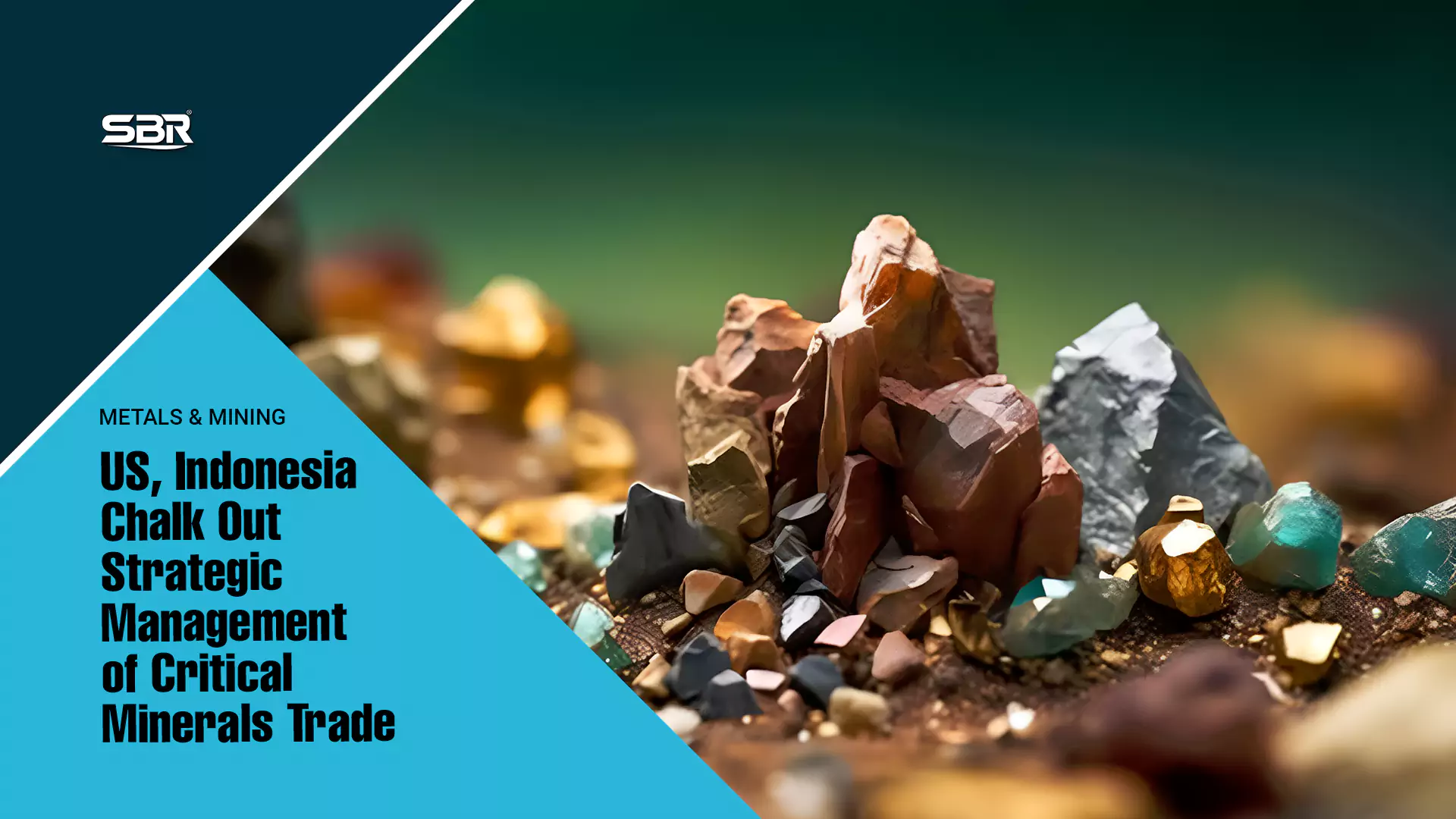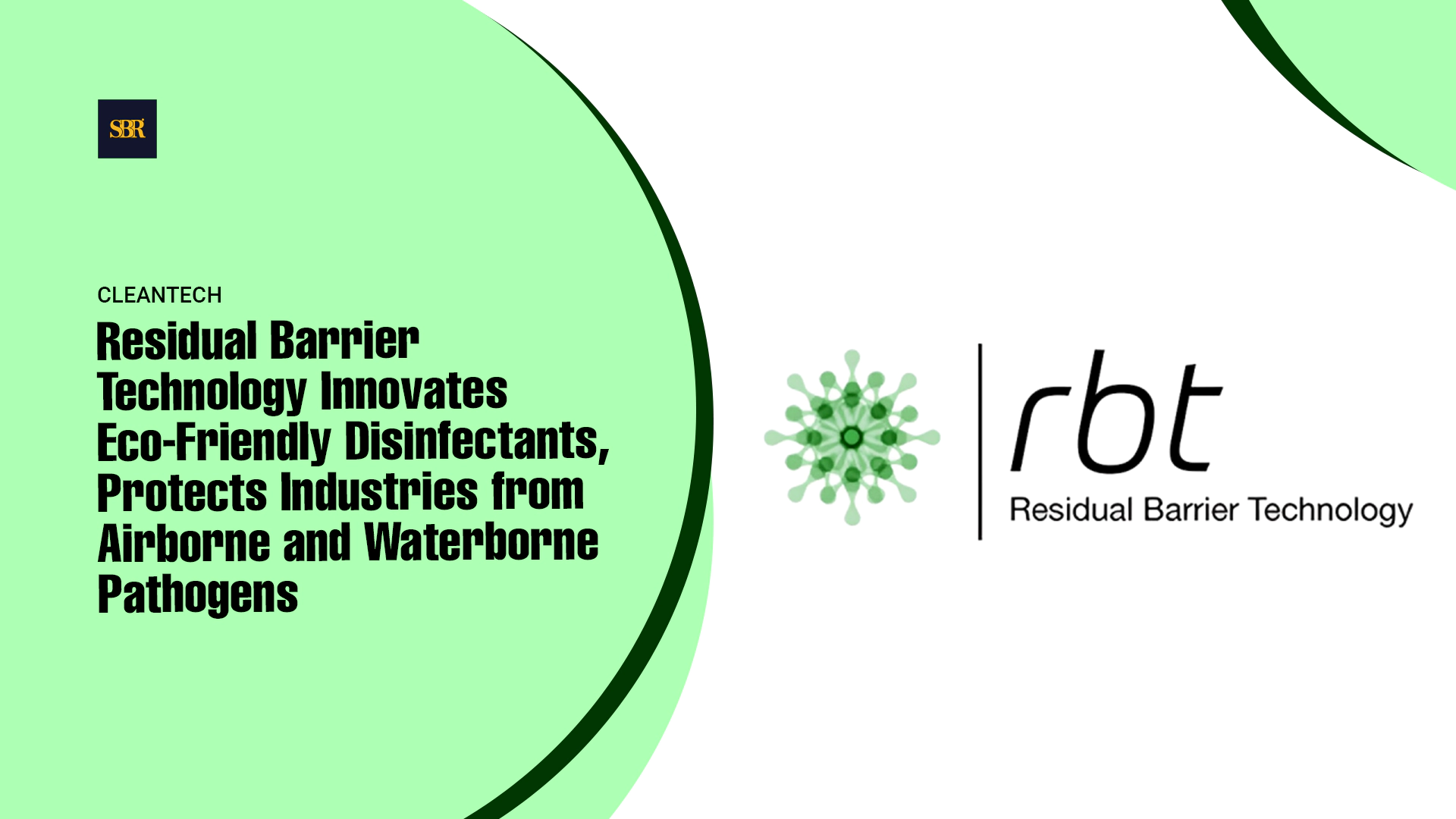The global metal and mining industry stands as a cornerstone of industrial and economic development, providing the essential raw materials that fuel progress across various sectors. With a multifaceted landscape, this industry encompasses the extraction, processing, and supply of metals and minerals vital for infrastructure, manufacturing, technology, and renewable energy.
Global metal and mining companies deploy various growth strategies to navigate the dynamic and cyclical nature of their industry. Some common strategies include:
Diversification: Companies often diversify their portfolios by engaging in multiple metals and minerals. This helps them mitigate risks associated with fluctuations in the prices of specific commodities.
Exploration and Acquisition: To secure future reserves and expand their resource base, mining companies invest in exploration activities. Strategic acquisitions of mining projects or companies also play a crucial role in growth strategies.
Technological Innovation: Embracing advanced technologies enhances operational efficiency, reduces costs, and improves safety. Automation, data analytics, and digitalization contribute to optimizing mining processes and maintaining a competitive edge.
Sustainability Practices: With a growing emphasis on environmental and social responsibility, mining companies integrate sustainable practices into their operations. This includes eco-friendly extraction methods, community engagement, and responsible resource management.
Global Expansion: Companies seek growth by expanding their operations into new regions or countries with untapped mineral resources. This may involve partnerships with local entities or government collaborations.
Vertical Integration: Some companies adopt a strategy of vertical integration, incorporating multiple stages of the supply chain. This may include involvement in exploration, mining, processing, and even downstream activities like manufacturing or trading.
Cost Optimization: Given the capital-intensive nature of the industry, cost optimization is a critical strategy. Companies focus on improving operational efficiency, reducing energy consumption, and implementing cost-effective technologies.
Market Diversification: Relying on a variety of markets helps companies manage risks associated with economic fluctuations in specific regions. Exporting minerals to diverse global markets can stabilize revenue streams.
Supply Chain Resilience: Ensuring a resilient and secure supply chain is vital. Companies work on building robust logistics and distribution networks to adapt to market changes and disruptions.
Social License to Operate: Acknowledging the importance of maintaining a "social license to operate," mining companies engage with local communities, address environmental concerns, and adhere to responsible business practices to gain and retain public trust.
These strategies, often combined and tailored to specific market conditions, help global metal and mining companies navigate challenges and foster sustainable growth in a highly competitive industry.















